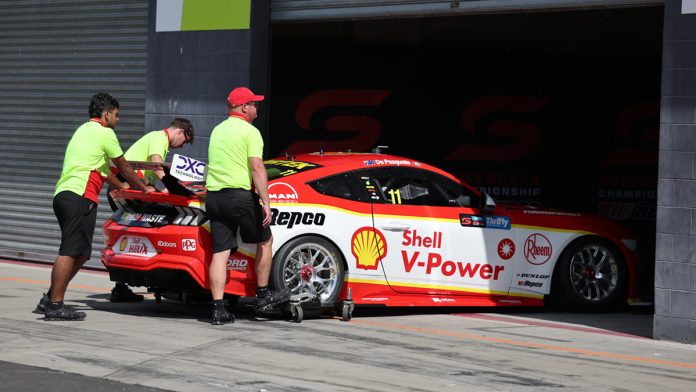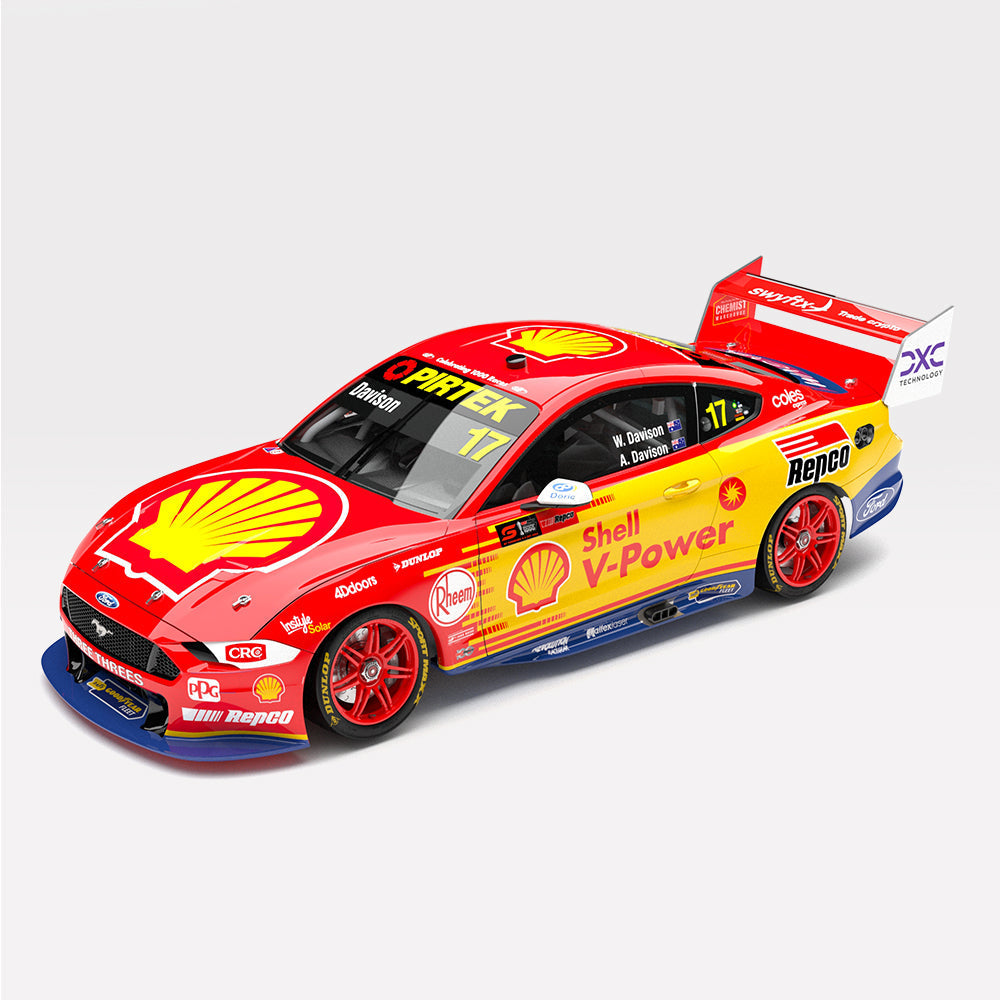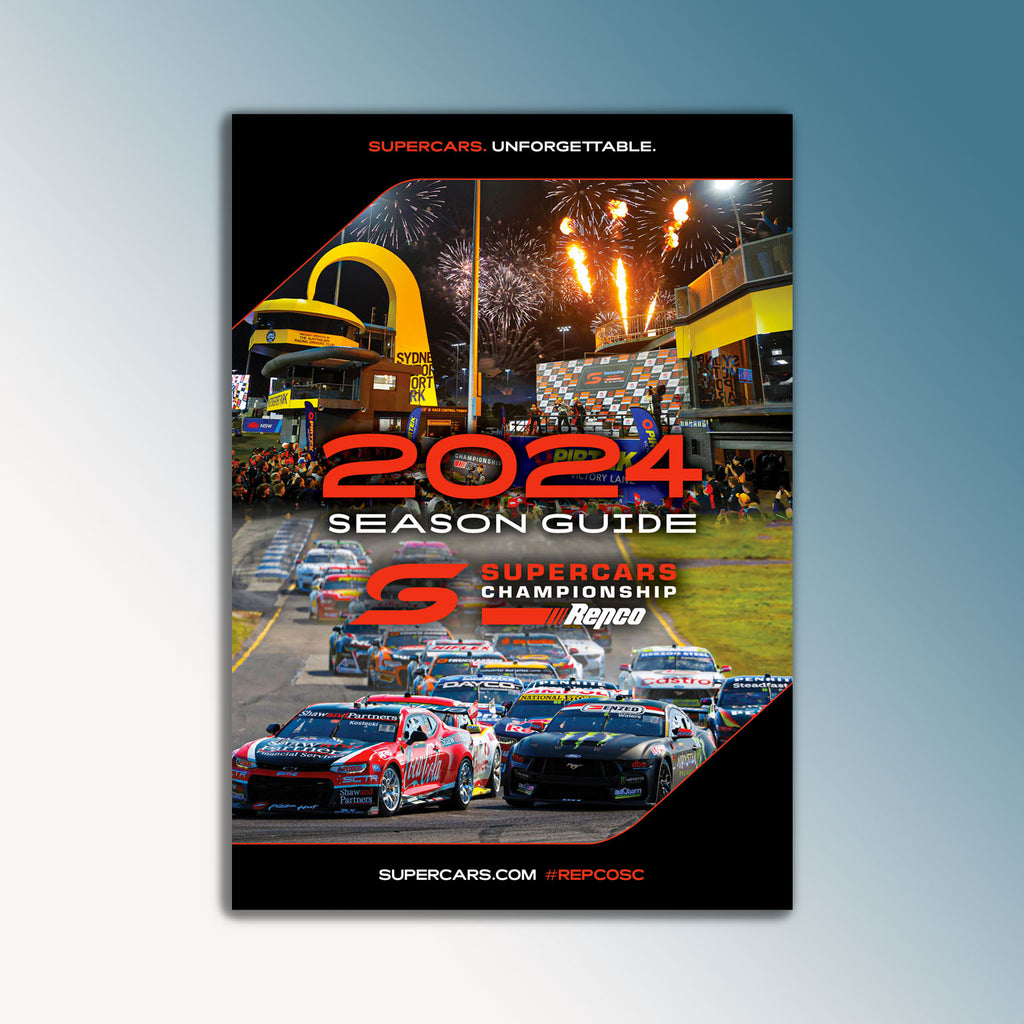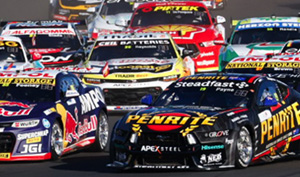THERE is finally light at the end of the tunnel for Supercars and the issue that has blighted the introduction of its Gen3 ruleset, parity.
The entire 2023 season was a rolling brawl as reasons for an apparent on-track discrepancy between the performance of the Chevrolet Camaro and Ford Mustang were debated.
Supercars has been widely praised for an enormous investment in taking two cars to the Windshear wind tunnel in the United States late last year to sort the aerodynamics out.
They’ve worked hard on engine parity too, with a major spend on torque sensors having already taken place and a transient dyno testing program to come.
But it’s time to give credit to the other party that has stepped up on the engine front; Dick Johnson Racing and its returning leader Ryan Story.
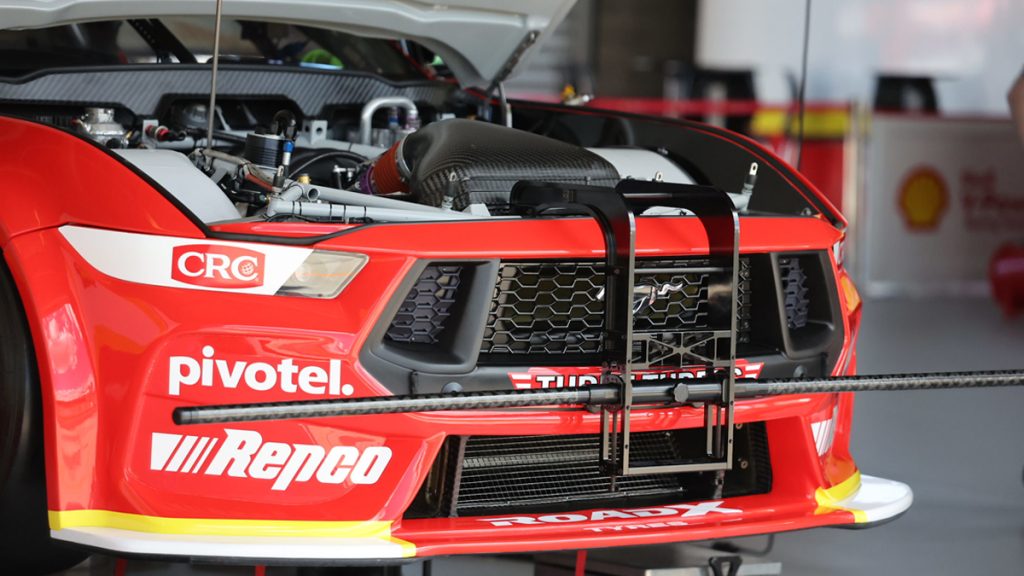
Yes, the job’s not quite done yet. The debate over engine parity continues and likely won’t subside until after the transient dyno testing takes place in the US in the coming months.
But since taking over the Ford engine program from Herrod Performance late last year, DJR has dug in and made significant improvements.
“It was a pretty difficult situation and I decided I would take on the baton of leading the (engine program) to not disrupt the team too much,” explained Story at Bathurst.
“Pretty quickly it was clear why the program was in the state that it was in, so we immediately resourced it. It had one full-time member of staff. We needed to triple that and we were away.”
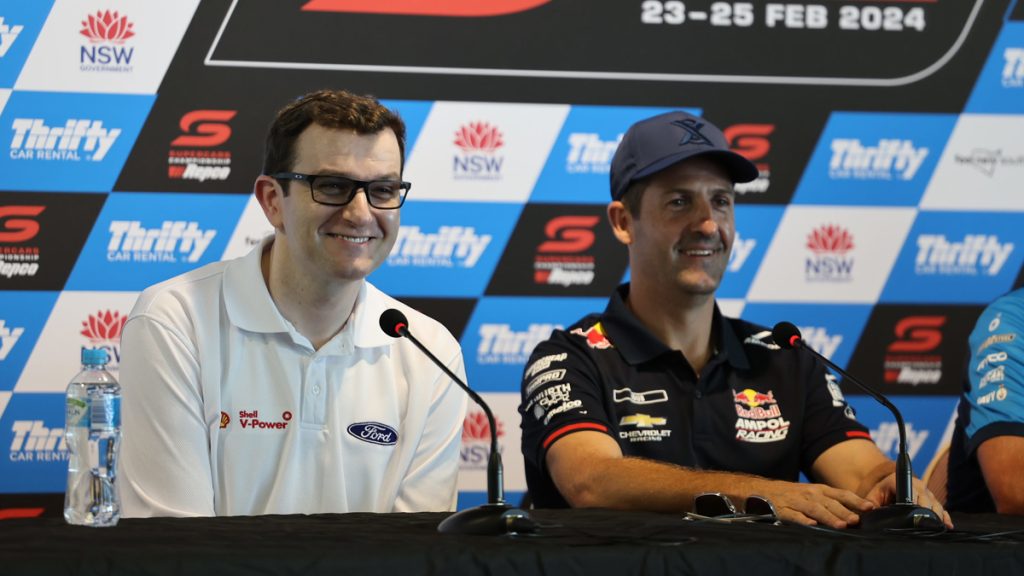
Gen3 brought with it major change in the ecosystem of Supercars engines.
The venerable and hugely expensive 5-litre Ford and Chevrolet engines were replaced by a 5.4-litre double-overhead-cam Coyote and 5.7-litre pushrod LTR-based Chev respectively.
But not only were there new engines, there was a new way of going about business – with a single supplier anointed to provide engines to all from their manufacturer at a specified price.
Through all this change, the basic engine parity system remained.
Known as Accumulated Engine Power, it takes horsepower readings from a water-brake dyno at specified RPM increments to give a total power figure that the engines are not allowed to breach.
It’s a system that was conceived over a decade ago when double-overhead cam engines from Nissan and Mercedes-AMG were joining the category.
Herrod developed the 5.4-litre Ford engine to the point of the AEP cap and, amid a huge rush to get Gen3 on track, supplied every team with the number of engines they required to go racing.
But having parity on paper and parity in practice are two very different things and, along with questions over the Mustang aero, the Ford engine did not prove to be a plug-and-play item.
Some problems with the engine – including those involving driveability and flammability – were obvious from early in the season. Others were not.
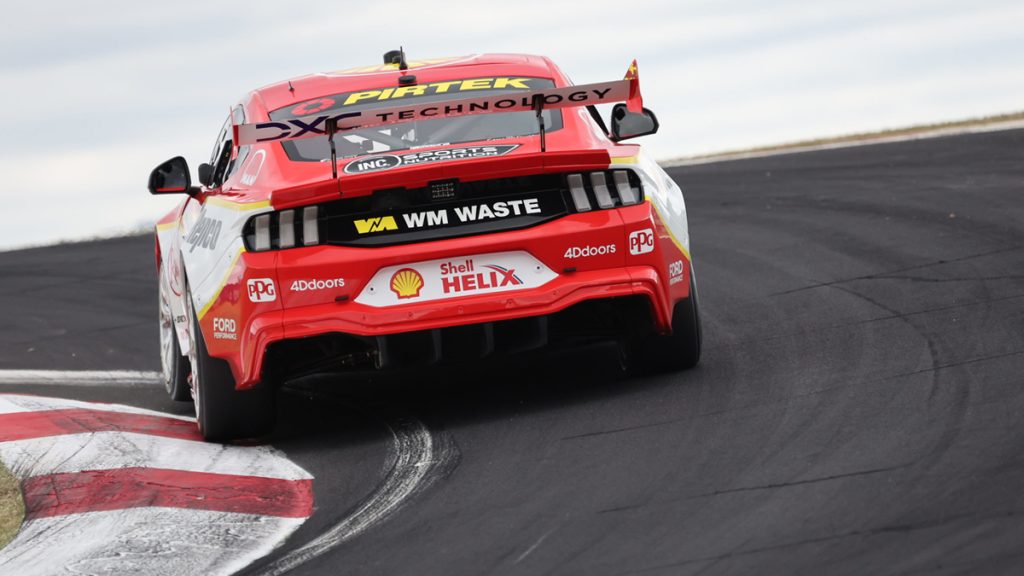
As revealed on this week’s Motorsport News Podcast, it was an open-secret in the paddock at the Bathurst 500 that DJR’s work on the Ford engine included fixing a significant faux pas.
The design of the fuel rail had the orientation of the injectors such that the fuel had been spraying at the bore, rather than directly into the combustion chamber.
Whether that had an impact on the fires of last year is debated, but it certainly would not have helped the efficiency of the engine.
Outside of that basic problem, DJR spent much time on the control strategies of the engine – including working with ECU supplier Motec – and reducing the moment of inertia of ancillary items.
Performance has taken such a leap forward that the engine now has a smaller air restrictor to ensure it remains within the AEP cap.
“It was a matter of really understanding and characterising the engine and going through a year’s worth of data,” explained Story of the development process.
“We only had DJR’s data to use, but we were able to go through the course of the year and see where the engine had its strengths and weaknesses.
“We worked through a raft of changes both from a hardware point of view and from a calibration point of view. It’s been all-encompassing and there hasn’t been anything we’ve left off the table.”
The Bathurst 500 indicated that the Ford engine has gotten a lot closer, even if it’s not quite there yet.
Following DJR’s work and significant data-gathering with torque sensors through the summer, there was no shift-cut offset implemented by Supercars at Bathurst as a parity band-aid.
The engines simply ran as homologated.
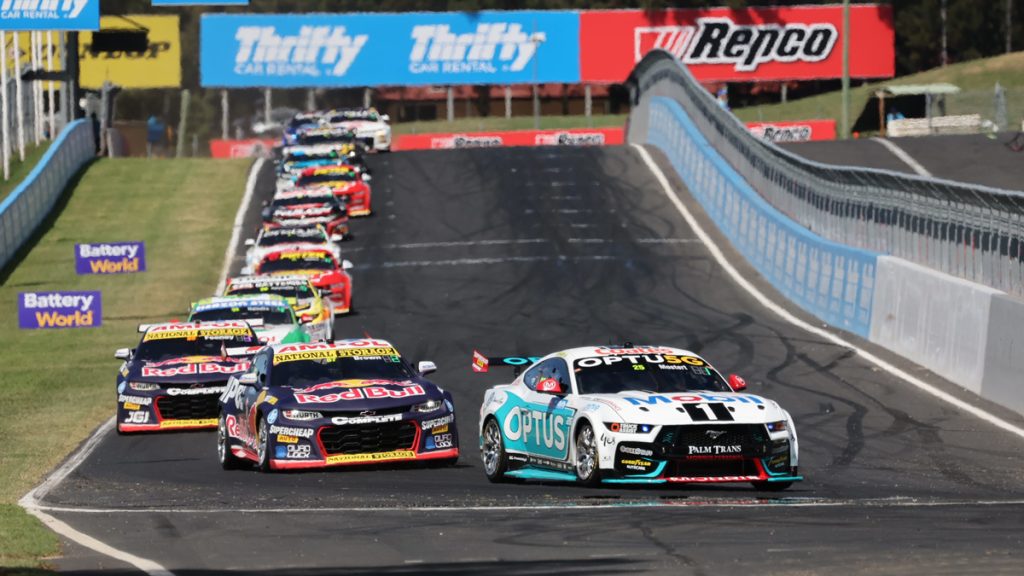
And they did so under the critical eye of Ford Performance boss Mark Rushbrook, who again stressed the Blue Oval’s point that the transient dyno testing must be done as soon as possible.
Like the move to wind tunnel testing for aerodynamics, Ford is pushing the category to be better in the quest for parity. It’s a just and reasonable position to take.
In the meantime, a little update to Supercars’ Operations Manual made its way into the public domain over the weekend.
Wording had been changed to emphasise that Supercars “cannot be responsible for (homologation teams) presenting cars and/or engines for homologation that are uncompetitive.”
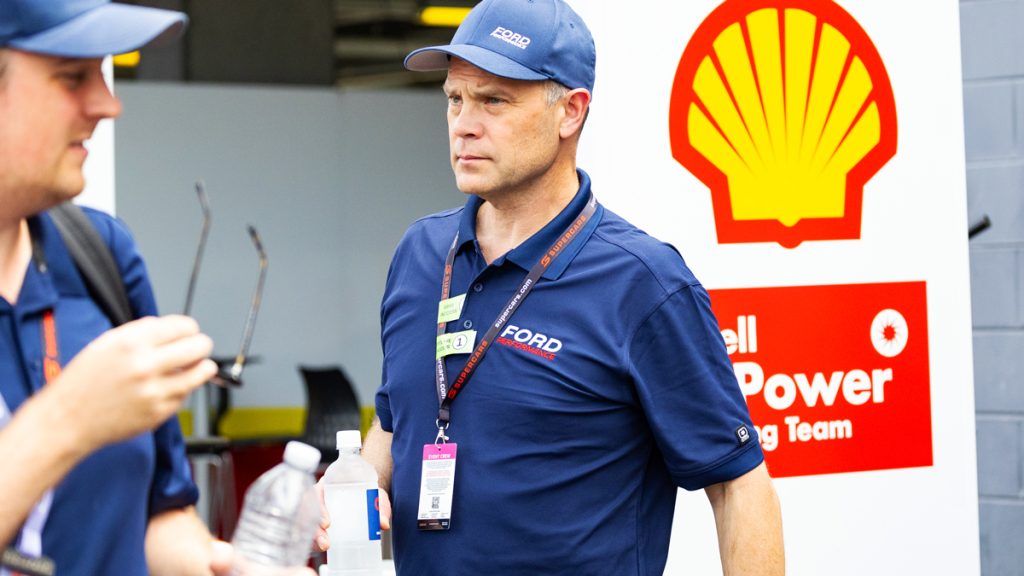
Said to match that already in the Teams Racing Charter that binds the teams to the series, the wording is a clear pushback to the narrative peddled last year that everything was indeed Supercars’ fault.
The sudden appearance in the media of this minor off-season regulatory rewording was intriguingly timed with Rushbrook’s appearance in the paddock.
Unlike in Balance of Performance competitions such as GT3, Supercars has never been about giving free-kicks to underperformers. There remains an onus on the competitor to be better.
That being said, Supercars continues to walk a fine line on parity and cannot afford to forget its history.
The quad-cam Nissan and AMG engines came and went from the category in part due to the inability of their respective teams to get their motors competitive within the box they were put in.
Opening the category up to fundamentally different engines comes with it a responsibility to ensure all have an equal opportunity to put their best foot forward.
This is perhaps why the original Gen3 vision had included the Ford as a control engine, before the Blue Oval put the kibosh on what it saw as a sacrilegious plan to put Coyotes in Camaros.
The only problem with that position was that Chevrolet supplier Ken McNamara and his well-oiled team in the backblocks of Brisbane subsequently did a better job than their Ford counterpart.
That, though, is all in the past, and there is hope that the parity debate will soon be too.
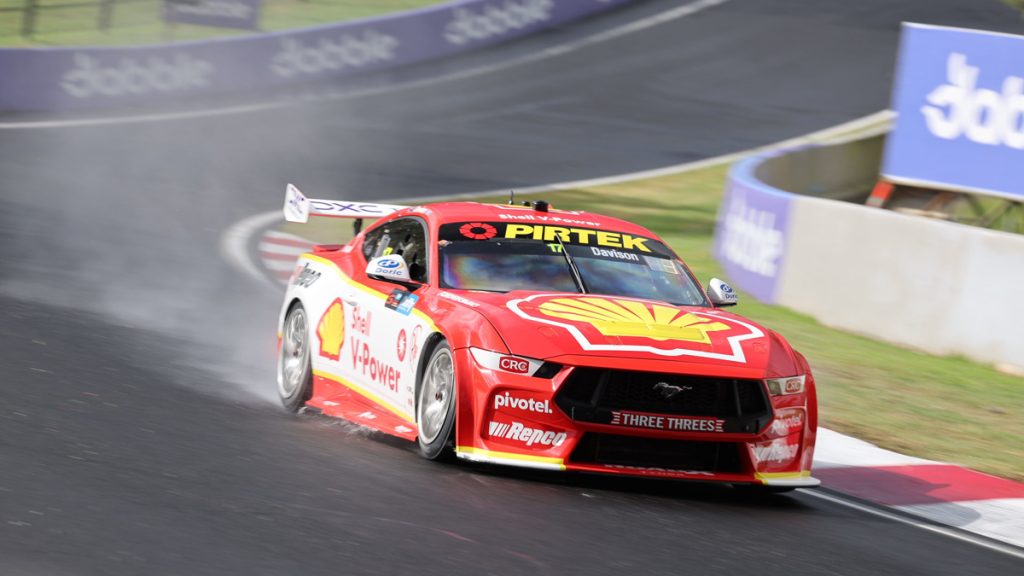
“We have got a clear ruleset that we are bounded by,” concludes Story of DJR’s journey with the Ford engine since taking over the project.
“We know what this engine is capable of, and we know what happens if we fit it in the (AEP) window without necessarily understanding (everything) associated with that.
“That’s kind of where the program kicked off for 2023 and all credit to the previous program that was in place, they delivered two engines per Ford last year and they were reliable engines.
“But in terms of understanding where there were potential weaknesses and how to address that, there was no plan.
“So we developed a plan, worked in conjunction with the series and we’ve made huge inroads.”


